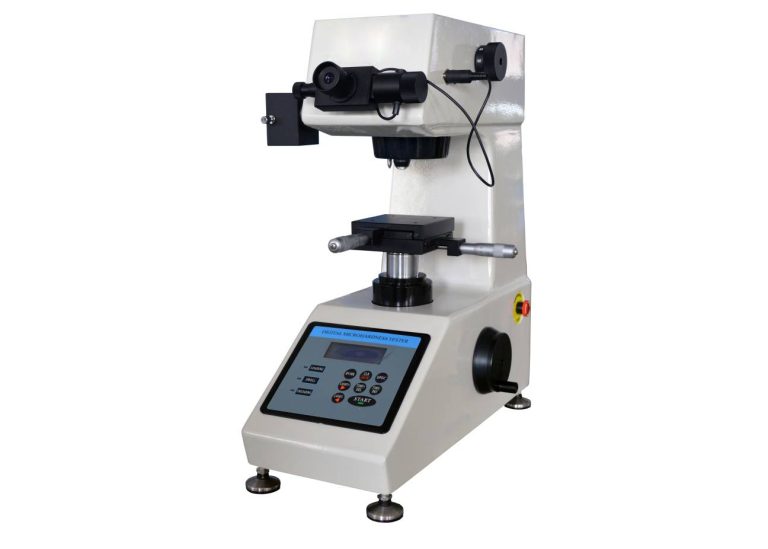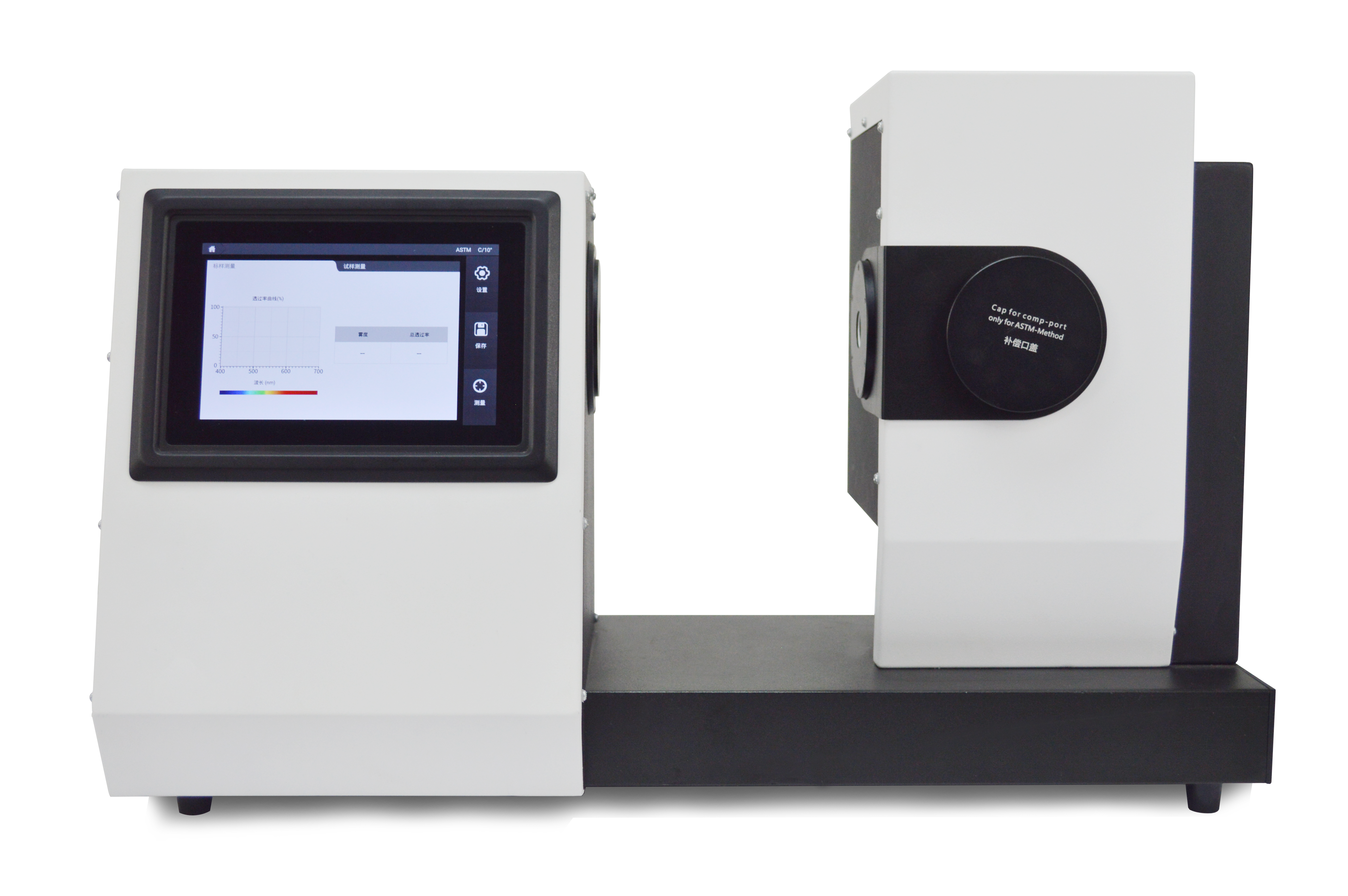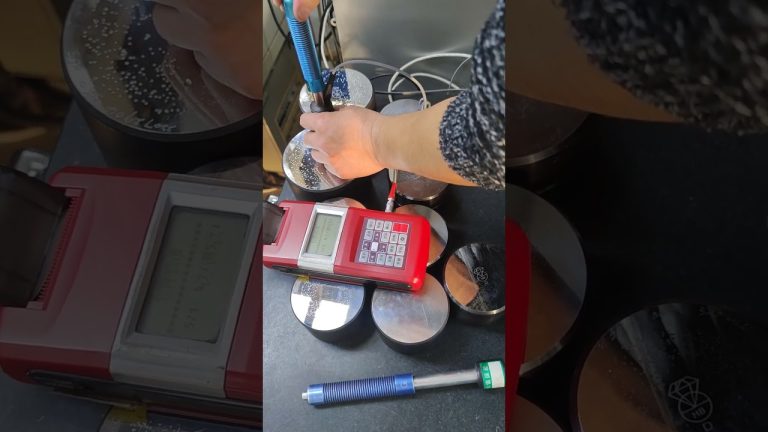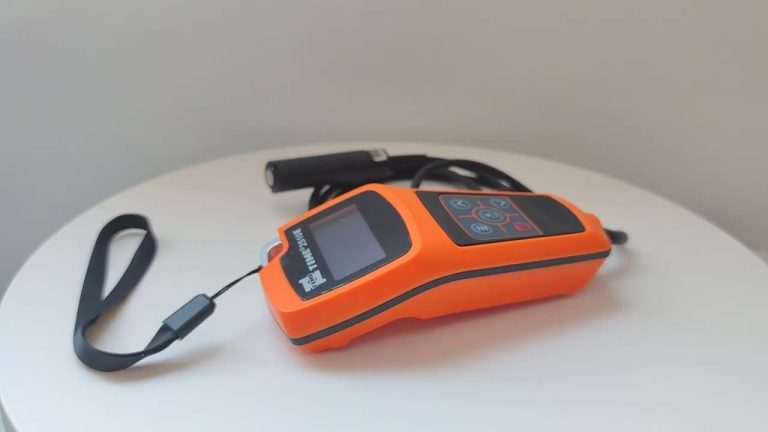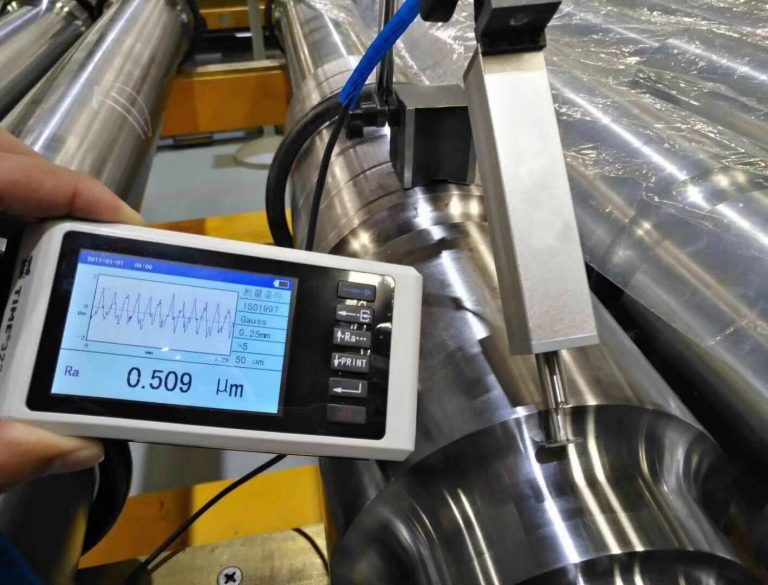Non-destructive testing is a testing method to check the surface and internal quality of the parts being inspected without damaging the working condition of the workpiece or raw materials.
- What are the commonly used flaw detection methods?
Answer: Commonly used non-destructive testing methods include: X-ray testing, ultrasonic testing, magnetic particle testing, penetrant testing, eddy current testing, γ-ray testing, fluorescent testing, coloring testing and other methods. - Describe the principle of magnetic particle inspection?
Answer: Its basic principle is: when the workpiece is magnetized, if there is a defect on the surface of the workpiece, magnetic flux leakage will occur due to the increase in magnetic resistance at the defect, forming a local magnetic field, and the magnetic powder will show the shape and location of the defect here, thus Determine the existence of defects. - Describe the types of magnetic particle inspection?
1) According to the different magnetization directions of the workpiece, it can be divided into circumferential magnetization method, longitudinal magnetization method, composite magnetization method and rotational magnetization method.
2) According to the different magnetizing currents used, it can be divided into: DC magnetization method, half-wave DC magnetization method, and AC magnetization method.
3) According to the different preparation of magnetic powder used for flaw detection, it can be divided into dry powder method and wet powder method. - What are the disadvantages of magnetic particle inspection?
Answer: Magnetic particle flaw detection equipment is simple, easy to operate, quick to inspect, and has high detection sensitivity. It can be used to find surface or near-surface defects in ferromagnetic materials such as nickel, cobalt and their alloys, carbon steel and some alloy steels; it It is suitable for the inspection of surface cracks in thin-walled parts or welds, and can also reveal incomplete welding defects of a certain depth and size; however, it is difficult to find pores, ballast and defects hidden deep in the weld. - How many categories can defective magnetic marks be divided into?
Answer: 1) Magnetic marks due to various process defects;
2) Hairline magnetic marks caused by material slag inclusion;
3). Point-like magnetic marks caused by slag inclusions and pores. - Describe the reasons for magnetic flux leakage?
Answer: Since the magnetic permeability of ferromagnetic materials is much greater than the magnetic permeability of non-ferromagnetic materials, based on the analysis of the magnetic flux density B = μH after the workpiece is magnetized, B magnetic wires pass through the unit area of the workpiece, and in the defect area B magnetic field lines cannot be allowed to pass through the unit area, forcing some of the magnetic field lines to squeeze into the material under the defect, and other magnetic field lines have to be forced to escape from the surface of the workpiece to form magnetic flux leakage. The magnetic powder will be attracted by the magnetic flux leakage caused by this. . - Describe the influencing factors that produce magnetic flux leakage?
Answer: 1) Magnetic permeability of defects: The smaller the magnetic permeability of defects, the stronger the magnetic flux leakage.
2) The strength of the magnetizing magnetic field (magnetizing force): the greater the magnetizing force, the stronger the magnetic flux leakage.
3) The shape and size of the inspected workpiece, the shape and size of the defect, the burial depth, etc.: When other conditions are the same, the magnetic leakage generated by pores buried at the same depth under the surface is smaller than the magnetic leakage generated by transverse cracks. - Why do some parts need to be demagnetized after magnetic particle inspection?
Answer: The residual magnetism of some rotating parts will attract iron filings and cause friction damage to the parts during rotation, such as shaft bearings, etc. The residual magnetism of some parts will cause abnormal indications of nearby instruments. Therefore, why do some parts need to be demagnetized after magnetic particle inspection? - What are the basic principles of ultrasonic flaw detection?
Answer: Ultrasonic flaw detection is a method that uses the characteristics of ultrasonic energy to penetrate deep into the metal material and enter the other section from one section to the other section, and is reflected at the edge of the interface to inspect the defects of the part. When the ultrasonic beam is emitted from the surface of the part by the probe When it passes into the metal, when it encounters defects and the bottom surface of the part, reflected waves are generated respectively, and a pulse waveform is formed on the fluorescent screen. The location and size of the defect can be judged based on these pulse waveforms.


